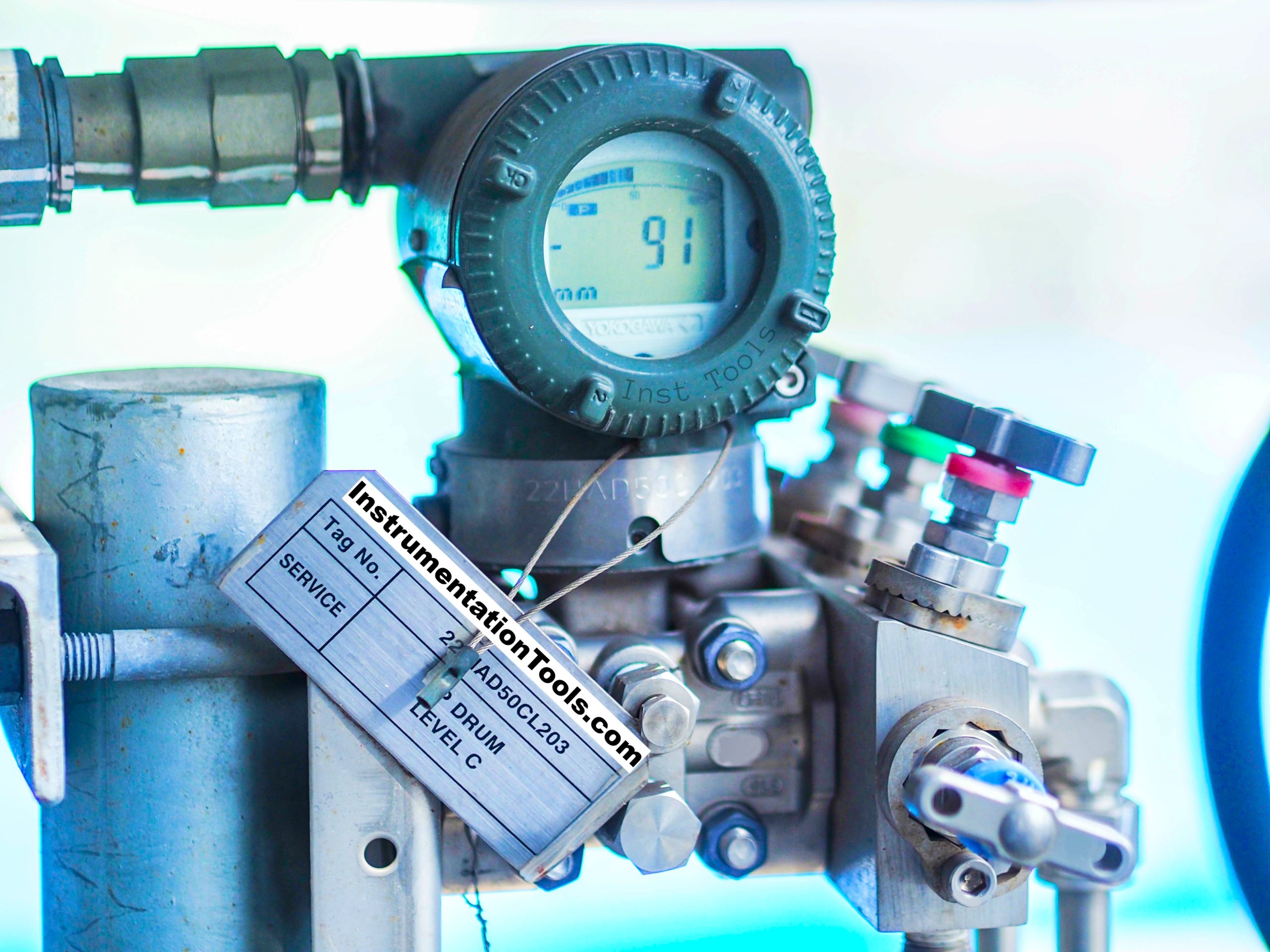The level meters or level transmitters come in a variety of types, each designed for specific applications and conditions.

Below is a comparison table outlining the key features, advantages, and disadvantages of commonly used types of level meters.
| Parameter | Float Operated | Capacitive | Ultrasonic | Radar (Guided Wave) | Radar (Non-Guided Wave) | Differential Pressure | Displacer | Optical |
|---|---|---|---|---|---|---|---|---|
| Principle of Operation | Buoyancy | Capacitance | Sound Waves | Electromagnetic Waves | Electromagnetic Waves | Hydrostatic Pressure | Buoyancy | Light Refraction |
| Fluid Compatibility | Liquids | Liquids | Liquids, Solids | Liquids, Solids, Slurries | Liquids, Solids, Slurries | Liquids, Slurries | Liquids | Liquids |
| Accuracy | Moderate | High | Moderate | High | High | Moderate | Moderate | High |
| Range | Limited | Moderate | Moderate | Wide | Wide | Moderate | Moderate | Limited |
| Temperature Limits | Moderate | Moderate | Moderate | High | High | High | High | High |
| Pressure Limits | Moderate | Moderate | Low | High | High | High | High | Moderate |
| Cost | Low | Moderate | Moderate | High | High | Moderate | Moderate | High |
| Maintenance Requirement | Low | Low | Moderate | Low | Low | High | Moderate | Low |
| Power Requirement | None | Required | Required | Required | Required | Required | Required | Required |
| Response Time | Fast | Fast | Slow | Fast | Fast | Moderate | Fast | Fast |
| Ease of Installation | Easy | Moderate | Moderate | Moderate | Moderate | Moderate to Difficult | Moderate | Easy |
| Safety Aspects | Good for non-hazardous | Good | Limited in flammable | Good for hazardous | Good for hazardous | Good for hazardous | Good | Good |
Here’s a brief explanation of the terms used:
If you liked this article, then please subscribe to our YouTube Channel for Instrumentation, Electrical, PLC, and SCADA video tutorials.
You can also follow us on Facebook and Twitter to receive daily updates.
Read Next:
In this post, we will learn the basic requirements for a network switch to be…
The PLC panel and MCC panel interface signals are start, stop, run feedback, trip, local…
In this article, we are going to discuss about shutter door control using induction motor…
Electrical Drives control the motion of electric motors. Motion control is required in industrial and…
PLC ladder logic design to control 3 motors with toggle switch and explain the program…
VFD simulator download: Master the online tool from the Yaskawa V1000 & programming software for…